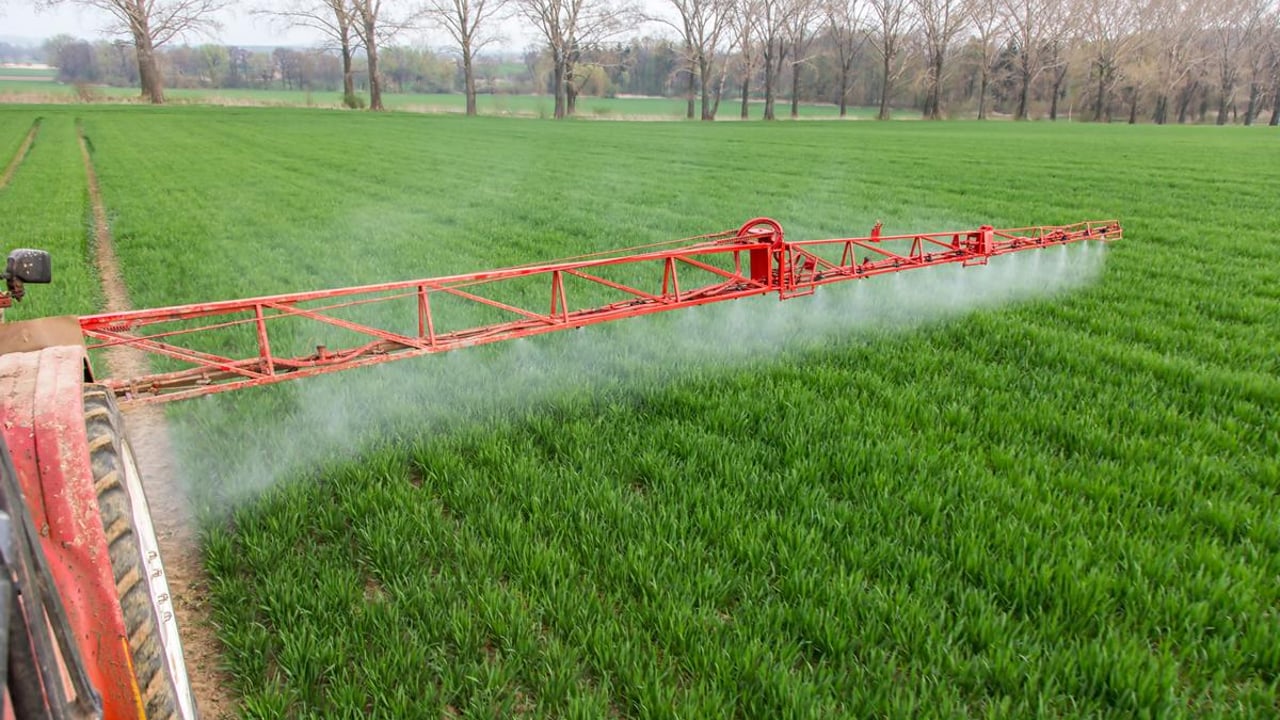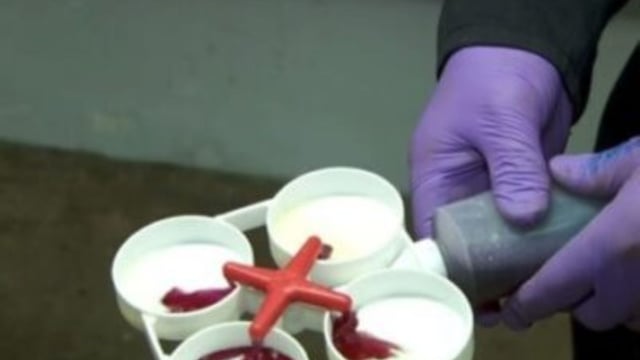Securing effective weed control in autumn-sown cereal crops
Teagasc is confirming the importance of securing effective weed control in newly planted autumn-sown cereal crops without adding to the burden of potential herbicide resistance.
The good news is that most winter cereals are looking well at the present time.
Teagasc tillage specialist, Shay Phelan, explained: “With autumn drilling almost complete, except for crops going in after potatoes and beet, November has traditionally been the time when herbicides and insecticides have been applied to cereal crops.
“There has been an increase in the amount of pre-emergence herbicides applied to crops this year, but there still remains quite a number of crops that will need post-emergence applications.”
Issues to be addressed by growers when deciding which herbicides to apply include that of grass weeds being an issue in the past.
Shay Phelan said: “And if so, which ones? Growers should also assess the implications of cases in the past... It’s then a case of identifying which products had been used and how often.”
While the simplest thing to do is to select a product or mix of products that will control the weeds in the field, having a longer-term plan that includes product rotations, mixing active ingredients and crop rotations, will have to play a part in reducing herbicide resistance in years to come.
Bearing in mind that Firebird Met (Flufenacet + Metribuzin) is in the final weeks of use before it becomes illegal to use (use by November 23), this will be followed more than likely by straight flufenacet, possibly in 2026.
These will account for about 25% of the available autumn herbicide products that could possibly no longer be available in 2027.
This will leave the remaining products at risk of developing resistance. We already have grass weeds resistance to ALS (Pacifica Plus, Broadway Stara etc.) and ACCase (Falcon, Axial Pro, etc.) herbicides, while we also have some issues with broadleaf weeds – poppy, corn marigold and chickweed among others.
Shay Phelan commented: “While we are still fortunate to seemingly have quite a number of options to choose from, in fact many contain the same active ingredient or mixture of active ingredients.
“We also have a number of options that can be applied in spring, but resistance issues are quickly making some of these products unusable: especially where grass weeds are an issue."
He added: “It is important to choose products or mixtures that contain different active ingredients which can be changed from year to year to avoid development of resistance while also continuing integrated pest management practices."




